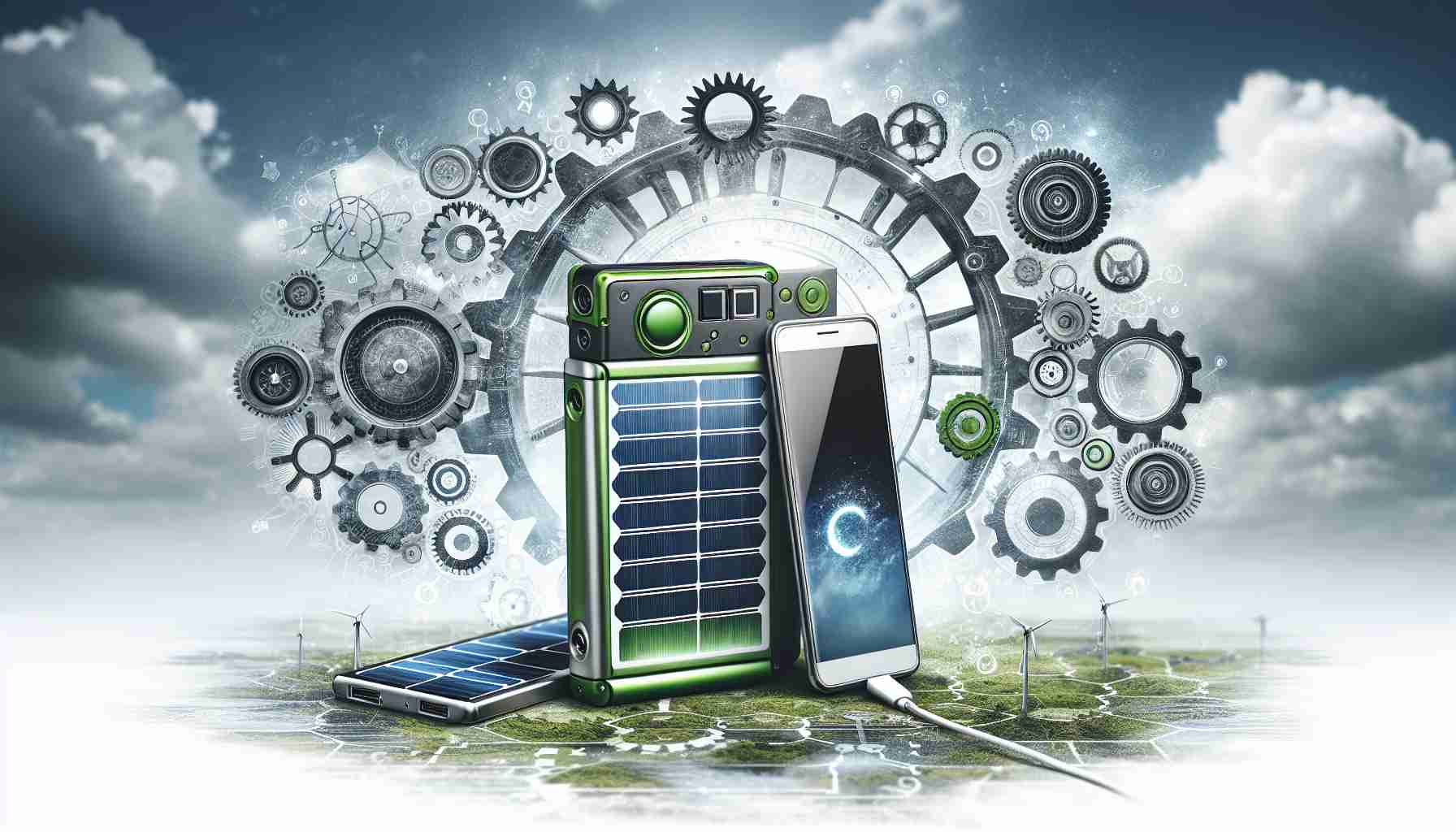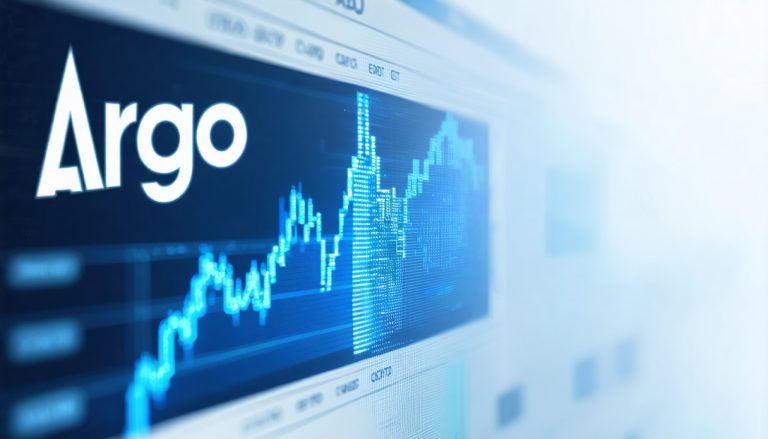
Transforming Connectivity with Green Energy Solutions
Innovative trials at a Telia facility near Stockholm are paving the way for the future of mobile power supply by integrating hydrogen, fuel cells, solar cells, and batteries. This groundbreaking approach promises to significantly enhance the operational duration of mobile sites during power outages, which traditionally rely on diesel generators and batteries for backup.
This initiative marks a pivotal first in the testing of such diverse energy sources specifically for mobile applications. A standout feature of the project is the on-site production of hydrogen using renewable energy, which can be stored for later use. Funded by the Swedish Post & Telecom Authority, the Roslagen project is set to conclude in December 2025, with collaborations from industry leaders like Euromekanik, Powercell, Polarium, and Soltech.
Telia has set ambitious goals, aiming for net-zero greenhouse gas emissions throughout its entire value chain by 2040. The Head of Infrastructure at Telia Sweden, Staffan Åkesson, emphasized the crucial need for reliable connectivity amid the increasing demand and ongoing geopolitical challenges. The insights gained from the project are expected to shape resilient and sustainable solutions, ensuring that mobile infrastructure can withstand extended power disruptions while preparing for future demands.
The journey towards a greener, more dependable power supply for mobile sites has truly begun.
Revolutionizing Mobile Power: The Future of Green Energy Solutions
Transforming Connectivity with Green Energy Solutions
The evolution of mobile connectivity is entering an innovative phase, driven by groundbreaking energy solutions that address the pressing need for sustainable and reliable power sources. Recent trials conducted by Telia at a facility near Stockholm are integrating an impressive mix of hydrogen, fuel cells, solar cells, and batteries to redefine how mobile sites power themselves, particularly during power outages.
Key Features of the Initiative
This initiative is notable for several reasons:
– On-site Hydrogen Production: Utilizing renewable energy to generate hydrogen on-site promises not only to enhance energy resilience but also to mitigate reliance on conventional fossil fuels.
– Collaboration with Industry Leaders: The project has garnered significant support and expertise from industry giants, including Euromekanik, Powercell, Polarium, and Soltech. This collaboration aims to fuse cutting-edge technology with practical applications in mobile energy supply.
– Funding and Support: Backed by the Swedish Post & Telecom Authority, the Roslagen project is on track to conclude by December 2025, solidifying its role as a frontrunner in energy innovation for telecommunications.
Pros and Cons
Pros:
– Enhanced resilience of mobile sites during power outages
– Reduced greenhouse gas emissions
– Potential cost savings over time by decreasing reliance on diesel generators
– Increased energy independence through local production of hydrogen
Cons:
– Initial investment and installation costs may be high
– Technology still in the testing phase, with scalability yet to be proven
– Dependence on renewable energy availability for hydrogen production
Use Cases
The findings from this project can extend beyond telecommunications. Industries that require mobile connectivity during emergencies, including transportation, public safety, and event management, may benefit significantly from these integrated energy solutions.
Limitations
While the technology presents many advantages, there are limitations that must be addressed, such as:
– Storage Capacity: The effectiveness of storing hydrogen for extended periods still poses a challenge.
– Infrastructure Adaptation: Existing mobile infrastructure may require upgrades to fully leverage these new energy sources.
– Regulatory Hurdles: Navigating the regulatory environment associated with new energy technologies can be complex.
Market Insights and Trends
As companies like Telia lead the charge, there is a growing trend towards sustainable energy solutions in telecommunications. This reflects a broader movement across industries to adopt greener technologies in response to climate change, regulatory pressures, and consumer demand for corporate responsibility.
Security Aspects
Integrating renewable energy sources can also enhance the security of mobile infrastructure. By diversifying the energy supply, companies can reduce their vulnerability to single points of failure, thus ensuring continuous service for users.
Conclusion
The initiative led by Telia not only represents a significant step towards a greener and more secure power supply for mobile sites but also sets a precedent for future energy solutions within the telecommunications industry. The insights gained from this project are expected to play a crucial role in shaping resilient strategies that meet the demands of a rapidly evolving landscape.
For more insights on green energy innovations, visit Telia Sweden.



